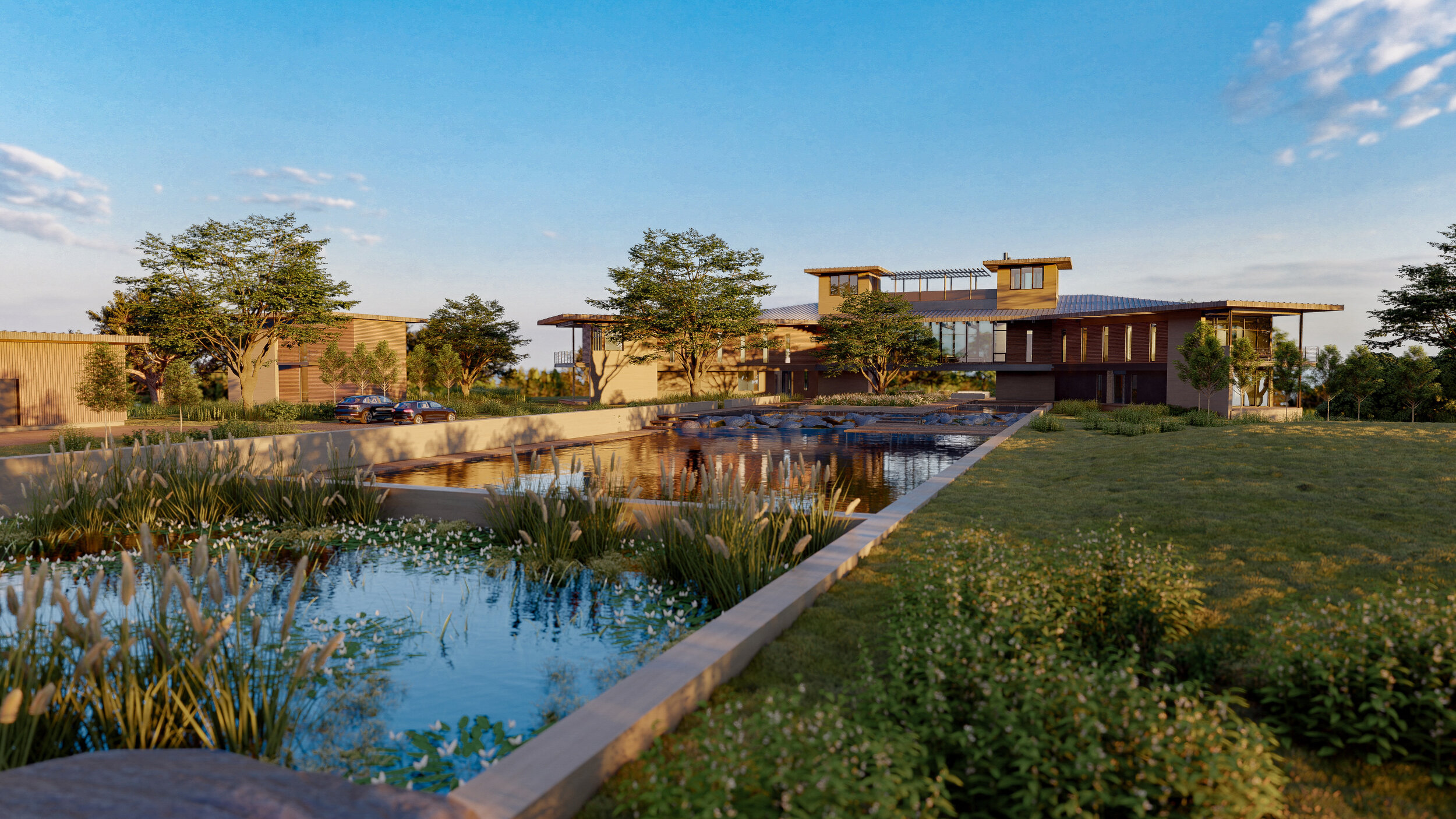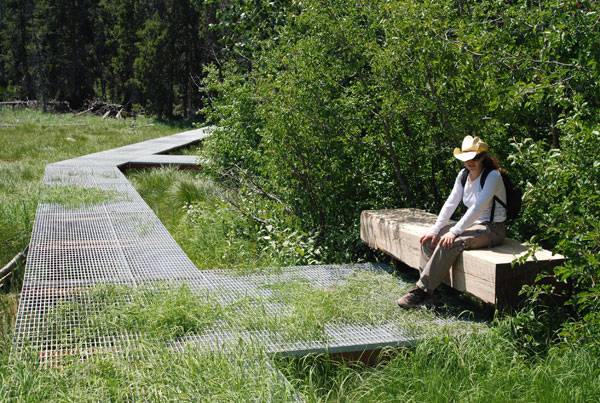The Only Guide for Landscape Design
Table of ContentsThe Of Landscape DesignExamine This Report about Landscape DesignTop Guidelines Of Landscape DesignExcitement About Landscape DesignSee This Report about Landscape Design
A lawn can normally be divided right into 3 locations: public (the front yard), personal (the back yard), and solution (usually the side backyard). The place of task areas depends primarily on the kind of area, the size of area needed, the kind of task, and the desired distance to other activities and frameworks.The outdoors wall of your home commonly offers as the very first wall or beginning factor of an exterior area. Incompatible usages should be separated, and related activities, such as food preparation and eating, must be placed with each other to make the lawn much more effective and enjoyable. When using hardscape to produce areas, make use of construction material comparable to that used in the home for connection from your house into the garden.
Linked spaces. Credit Rating: Gail Hansen, UF/IFAS Using similar hardscape features and repeating plants draws the eye around the garden. Essential points along the way can be emphasized with plantings or features that attract focus and urge activity in a particular direction. Moving along the path takes an individual from one area to the next and allows the customer to have a selection of experiences.
More About Landscape Design

For mental convenience plants are made use of as physical or implied obstacles for personal privacy and safety and security. Physical obstacles block both the view and access to an area and consist of fencings, wall surfaces and plant bushes. Suggested barriers, normally reduced growing plants, obstruct accessibility but not the sight (Figure 9). Other features of plants consist of cleaning up the air, preventing erosion and dirt loss, maintaining moisture in the soil, and returning raw material to the soil.
Physical and suggested barriers. Credit History: Gail Hansen, UF/IFAS For these reasons, the kinds of plants to be utilized (such as trees, shrubs, or groundcovers) should be chosen in the onset of preparation (Landscape Design). Plant types are selected for their functional capabilities to make sure that their future objective and called for area can be taken into consideration at the exact same time

Top Guidelines Of Landscape Design
Each plant mass remains in front of, behind, or next to, one more mass. Figure 11. Straight plant layers. Credit Scores: Gail Hansen, UF/IFAS Figure 12. Vertical plant layers. Landscape Design. Credit Scores: Gail Hansen, UF/IFAS Repeating plants within a mass and duplicating masses with similar plants links the yard together. The individual plant qualities have to be taken into important site consideration to effectively layer and mass plants.
All plant structures begin with the major framework plants, the big, mostly evergreen history plants-such as the trees and large bushes. These plants separate or enframe areas, regulate the dimension of the space, and offer the beginning point for selecting the appropriate attributes of the 2nd layer, midground plants, for massing and infill.
Crucial factors in the garden ought to be highlighted by the usage of distinct plants, distinctive structures, or yard ornaments. Marking limits or entries to rooms can be performed with gates, arbors, and steps, or via making use of unique and vivid plants. The type and/or style motif of the garden will usually aid figure out the vital points and exactly how they ought to be highlighted.
Other vital places in the backyard are centerpieces, which is made use of to visually organize a landscaped location. The kind of focal factor often relies on the checking out perspective. Different perspectives or point of views can expose various structures in the landscape that may call for a selection of focal factors. Contrasting texture, shape, dimension and color will capture and hold the eye.
About Landscape Design

Number 13. Plant forms. Credit: Gail Hansen, UF/IFAS After type, texture is the next leading feature official statement of a plant; crude, tool and great textures can be utilized for comparison and focus in the landscape. Kind and appearance both trump color in the garden for many of the year. During particular periods, color will be the most check obvious attribute of the yard.
The positive scent of plants, the audio of wind in the trees, the audio and structure of water, and the colors and textures of sculptures, pots and garden furniture all add to the experience of the garden. One detail that is commonly forgotten is the effect of light on the appearances of the plants.

Landscape Design Can Be Fun For Everyone
It is very important to know the eventual mature size of plants so they can be put in the right area and spaced properly when they are installed. Providing plants space to expand is a challenge since the common fully grown size is usually based upon optimum growing problems and the ecological conditions of a website may trigger a plant to enlarge or remain smaller sized.